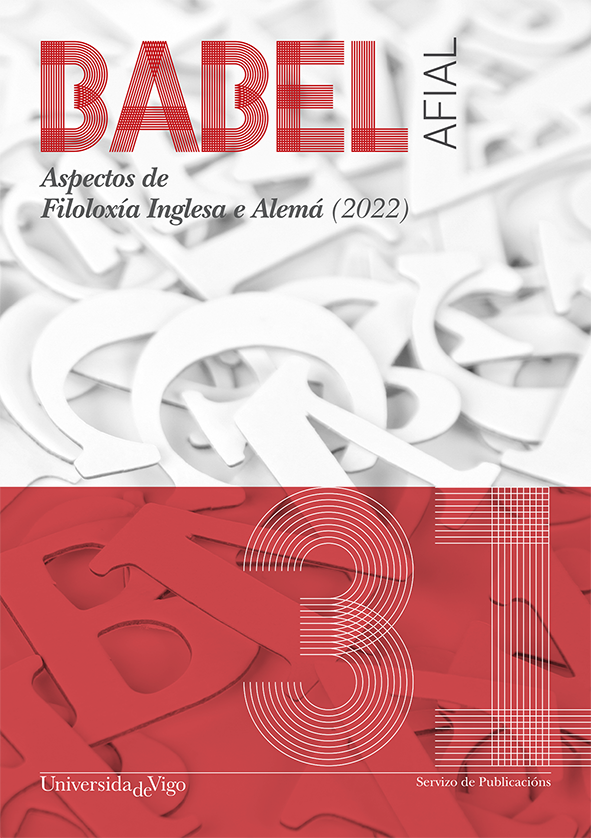The Popularity of Montemayor's Diana, from Spain to England: Bartholomew Yong's Literary and Political Leverage
DOI:
https://doi.org/10.35869/afial.v0i31.4300Keywords:
Bartholomew Yong, Jorge de Montemayor, Penelope Rich, Sir Philip Sidney, translation, literary patronageAbstract
Jorge de Montemayor’s Diana (c. 1559) provides an excellent example of the cultural interplay between tradition and originality in the Renaissance. Its immediate widespread popularity and subsequent influence are demonstrated by the vast number of editions and translations of Montemayor’s masterpiece, as well as the sequels by Alonso Pérez and Gaspar Gil Polo. By 1600, forty-three reprints had been published, in addition to eight editions in French and the English translation by Bartholomew Yong. Although written in the early 1580s, when Sir Philip Sidney penned the Arcadia, Yong’s version remained unpublished until 1598. The lavish folio, which also included the two sequels, was dedicated to Lady Penelope Rich, a most influential noblewoman and eminent patroness, also known for being the model of Sidney’s “Stella.” That very same year a new folio edition of the Arcadia was published together with Astrophil and Stella. Yong’s dedication to Lady Rich aimed at enhancing his translation by capitalising on the popular acclaim of Sidney’s works, as well as Lady Rich’s connection with the venerated poet. In addition, by choosing this dedicatee, Yong attempted to capture the attention of her brother, Robert Devereux, Queen Elizabeth’s favourite.



